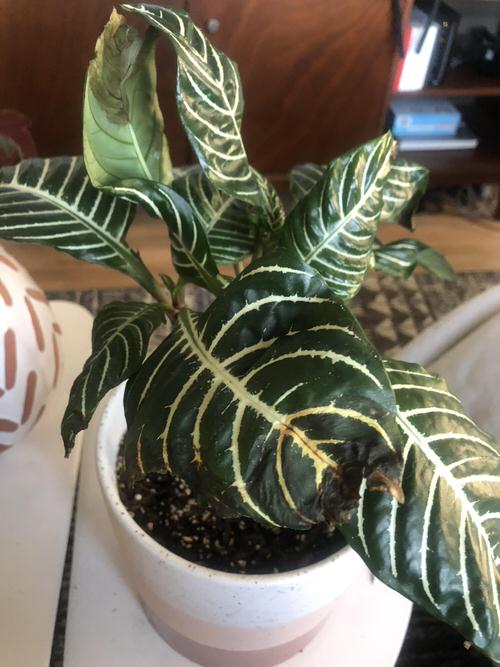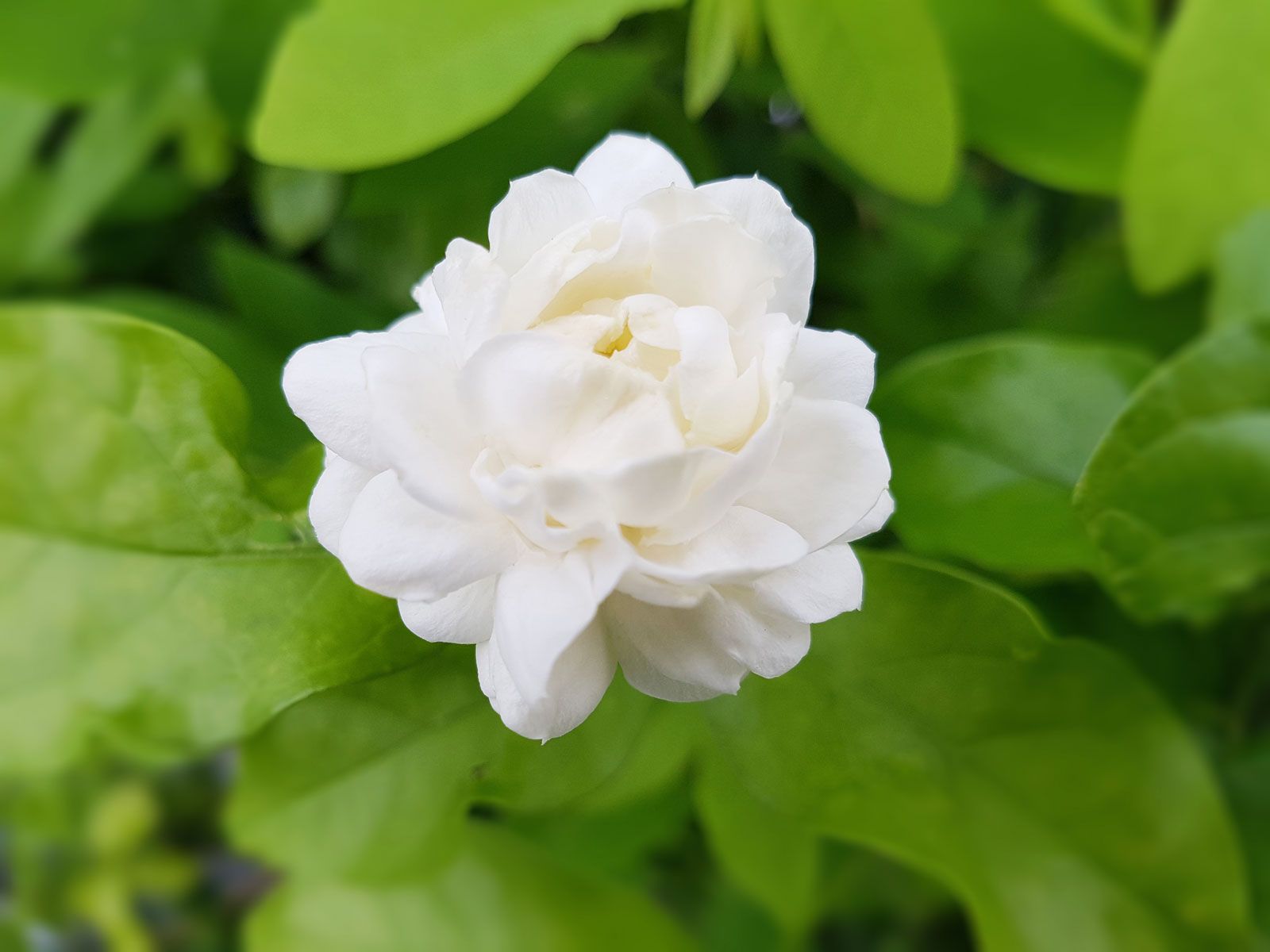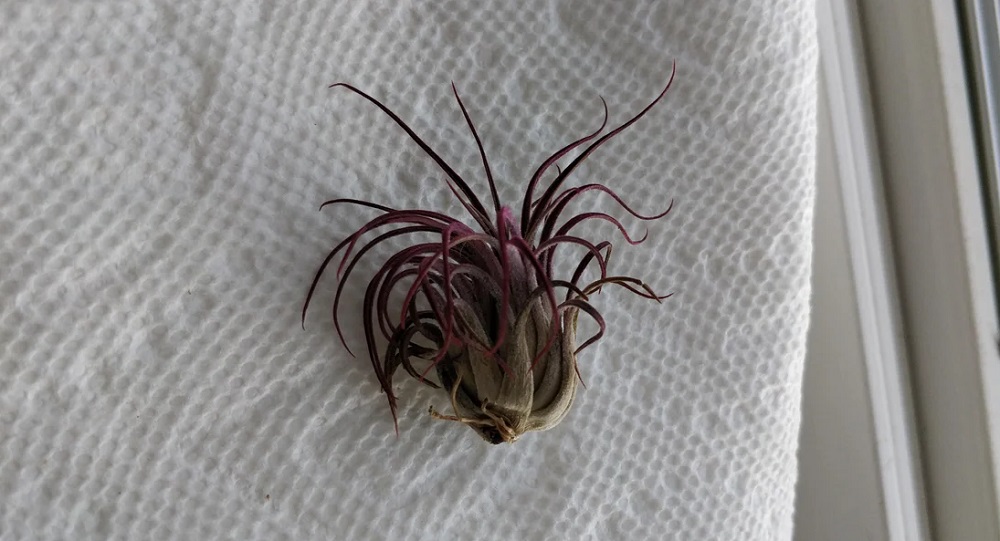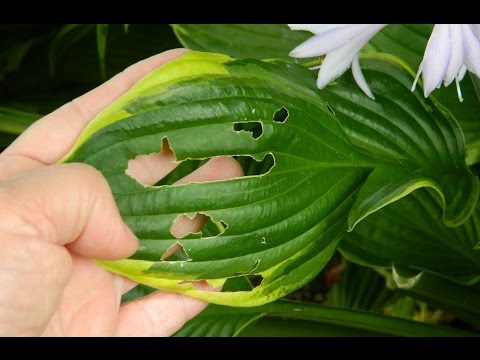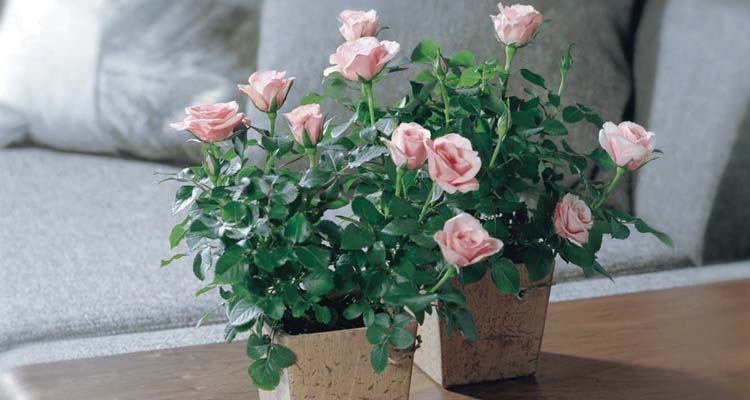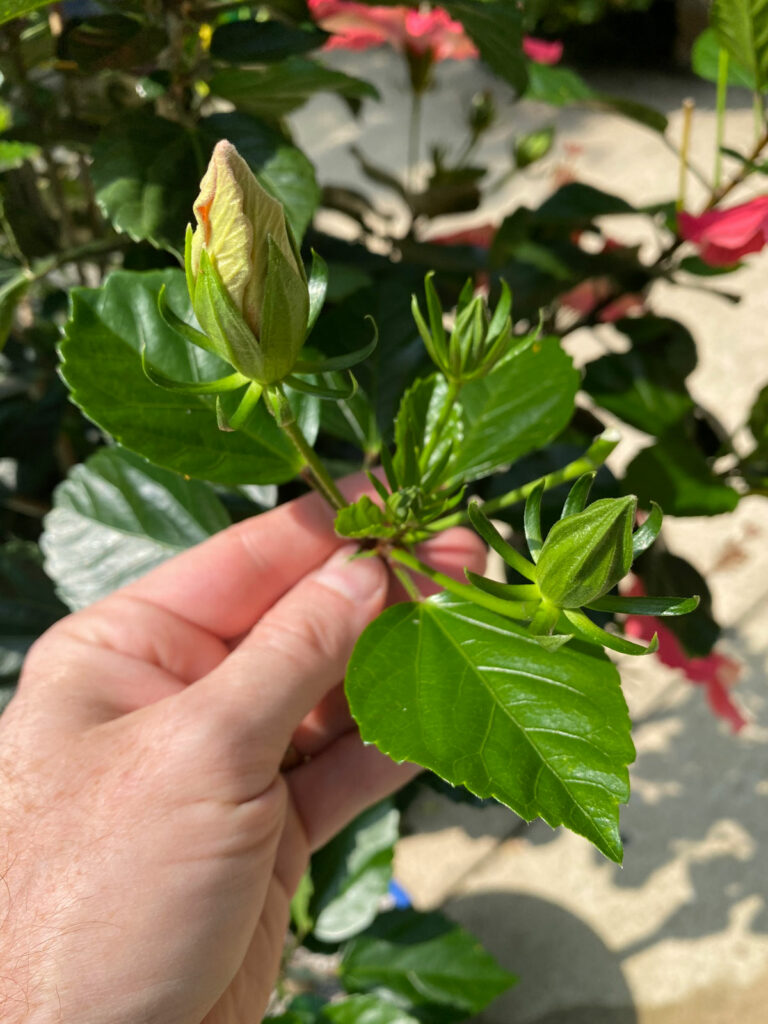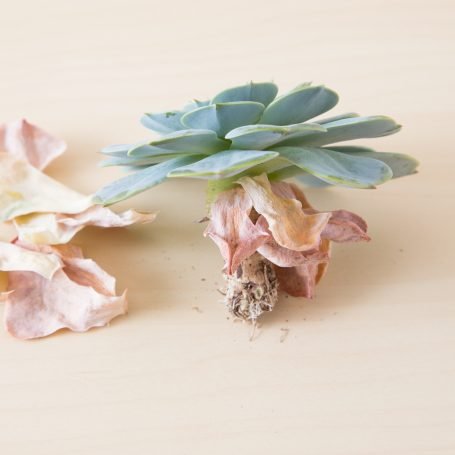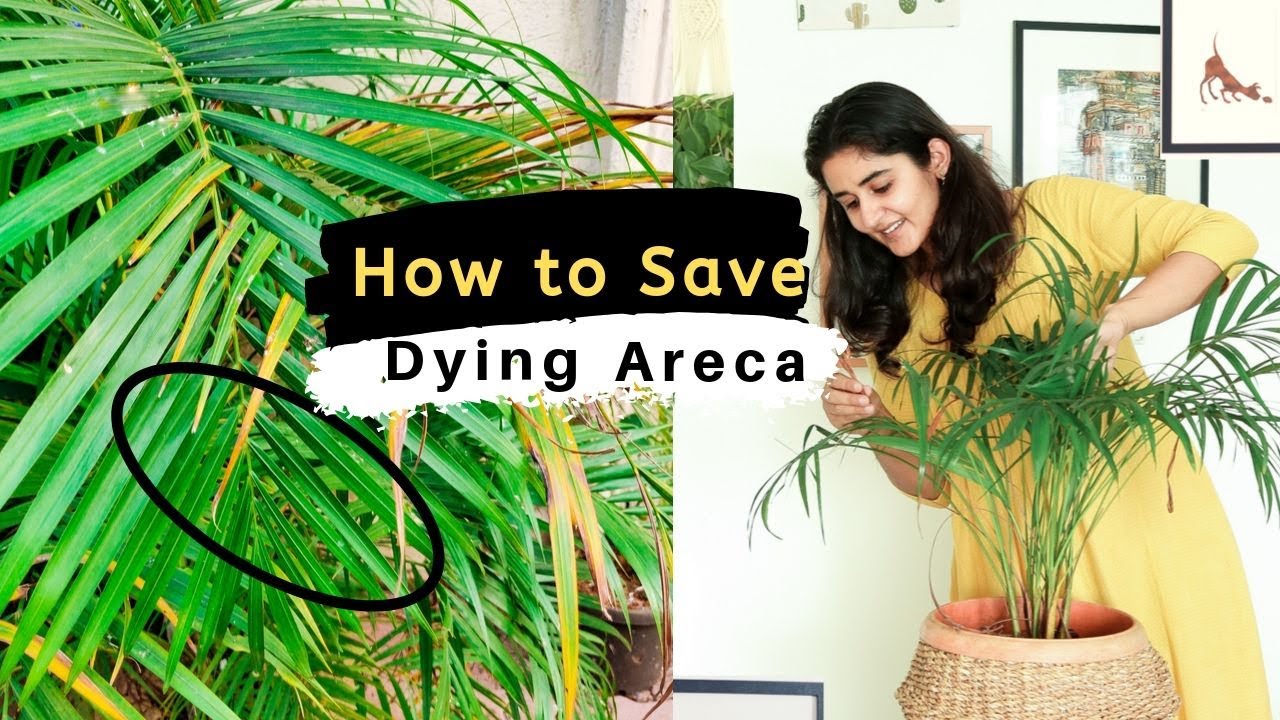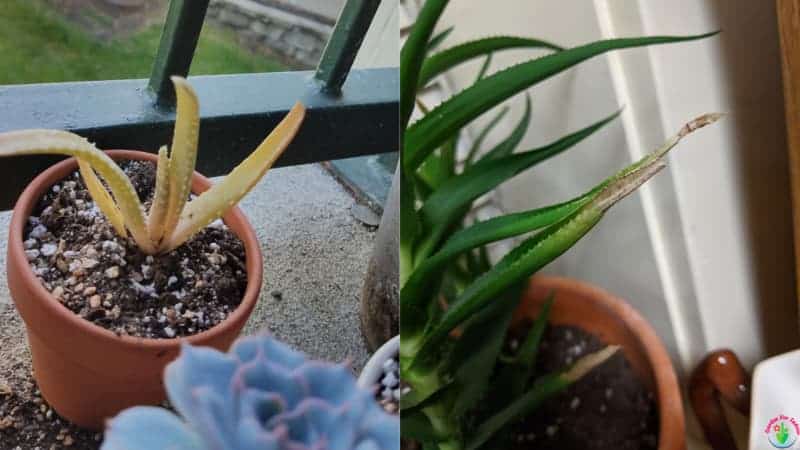Zebra Succulent with Brown Leaf Tips? (How to Solve it)
Zebra succulents experience drought stress as a result of little or excessive watering, which causes the brown tips on their leaves. Zebra leaf tips turning brown as an indication of stress is also caused by hot temperatures, strong air currents, and intense sunshine. Being smaller and more compact than most succulent species, zebra succulents (also …

